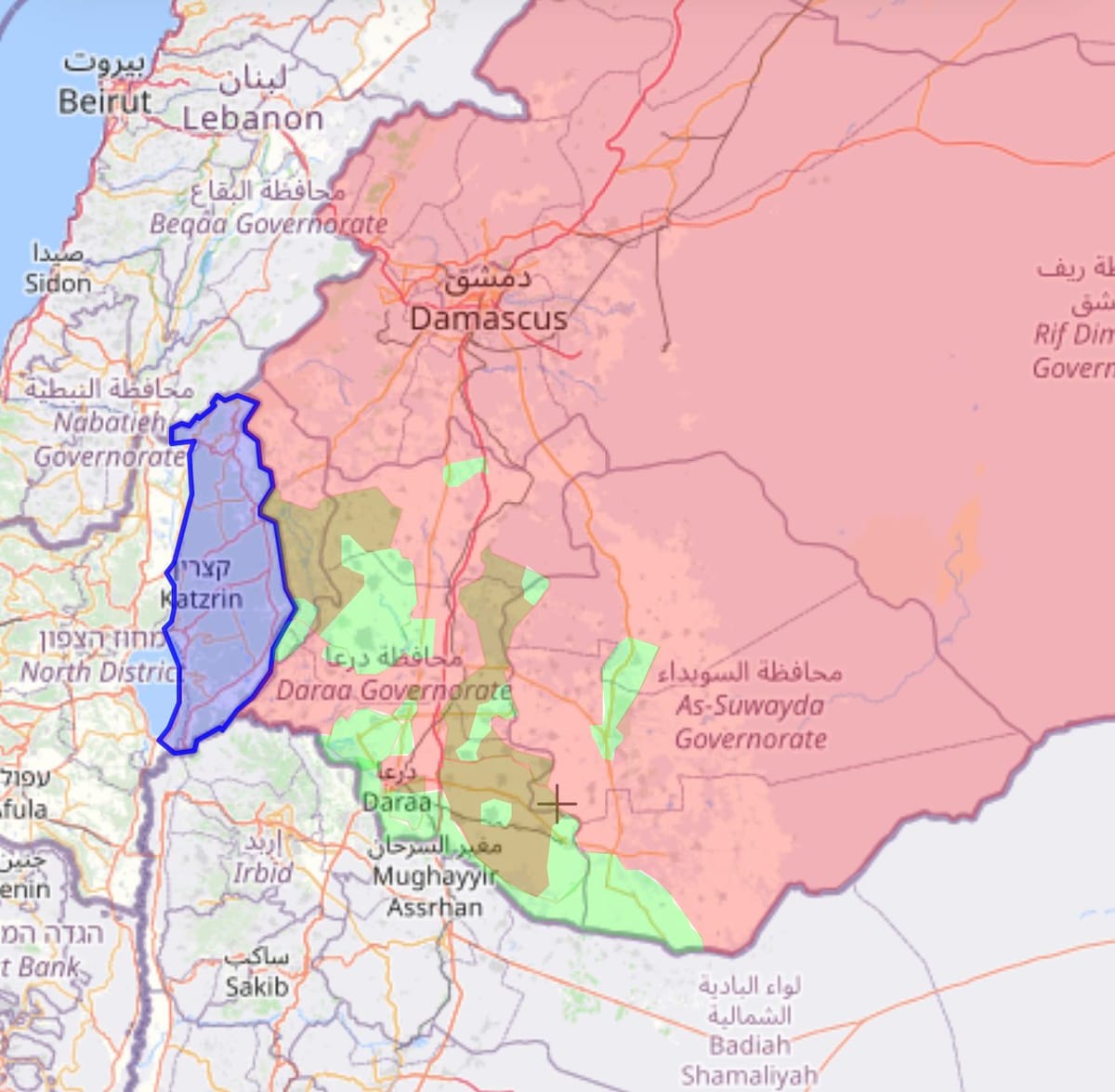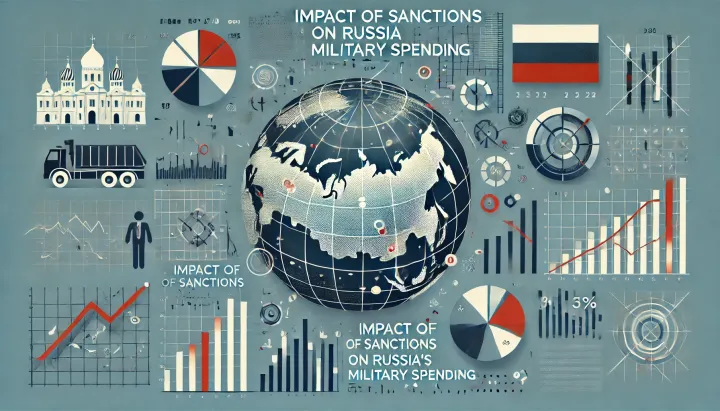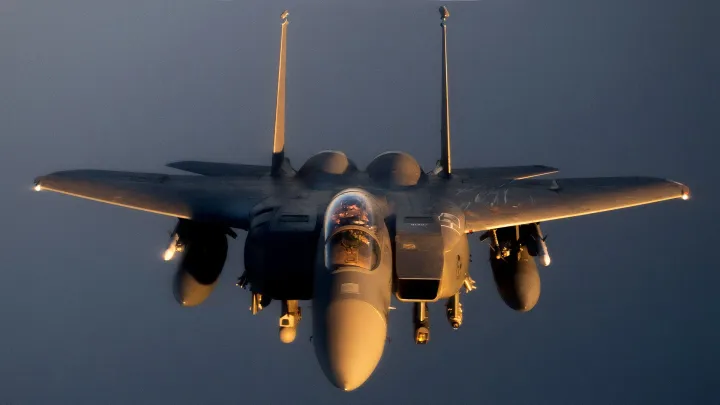A Brief Chronology of the Last Week of the Assad Regime's Fall
The Assad regime has fallen, marking a historic shift in Syria’s civil war. Opposition forces captured Damascus, Homs, and Deir ez-Zor, while international powers reposition. This in-depth analysis covers the timeline of events, geopolitical shifts, and the urgent humanitarian crisis unfolding.

December 1, 2024: The Fall of Aleppo and Hama
- Rebel Advance: Hayat Tahrir al-Sham (HTS) and the Free Syrian Army (FSA) launch coordinated offensives in northern Syria.
- Aleppo Secured: Syria’s largest city, Aleppo, falls with minimal resistance as rebel forces dismantle key regime defenses.
- Strategic Impact: Aleppo’s fall disrupts regime supply chains and provides rebels with a critical stronghold.
- Symbolic Loss: In Hama, rebel forces topple a statue of Hafez al-Assad, the late dictator responsible for the 1982 Hama massacre, signaling the regime's crumbling authority.
December 2, 2024: Regime Weakens Further
- Supply Line Sabotage: Rebels begin targeting key infrastructure, including bridges and checkpoints between Hama and Homs, further isolating regime loyalists.
- Russian Failures: Russian airstrikes aimed at destroying Al-Rastan Bridge fail to halt the rebel advance.
December 3, 2024: Deir ez-Zor Falls to the SDF
- Eastern Syria Secured: U.S.-backed Syrian Democratic Forces (SDF) capture the Al-Bukamal Border Crossing, cutting off Iranian supply routes.
- Strategic Gain: SDF forces enter Deir ez-Zor for the first time since 2017, securing critical oil fields and administrative borders with Iraq.
- Iran’s Setback: The loss of Al-Bukamal weakens Iranian-backed militias' ability to transport fighters and supplies into Syria.
December 4, 2024: Uprisings in Southern Syria
- Daraa Operations Room: Rebel factions establish a “Southern Operations Room” to coordinate attacks in the region.
- Nasib Border Crossing Secured: The FSA captures this key crossing with Jordan, prompting Jordan to close its border with Syria.
- Suwayda Unrest: Druze rebels and demonstrators storm Suwayda’s central prison, releasing political prisoners. Government facilities, including police headquarters, fall to rebel forces.
December 5, 2024: International Shifts
- Russian Retrenchment: Russia informs Assad that its intervention will be limited moving forward. All Russian nationals in Syria are advised to evacuate immediately.
- Iranian Evacuations: Senior Iranian military leaders, including IRGC commanders, begin withdrawing personnel via commercial flights and land routes.
- Assad’s Isolation: Reports emerge that Assad’s wife and children fled to Moscow, while regional allies reject his calls for military support.
December 6, 2024: Homs and Damascus on the Brink
- Homs Encircled: HTS forces enter northeastern Homs, engaging pro-Assad contingents in fierce clashes. Supply routes to the coast are severed.
- Damascus Under Fire: FSA forces claim control over Sahnaya, just 2.5 miles from central Damascus. Drone strikes hit key regime facilities, including the state media broadcasting center and the General Staff building.
December 7, 2024: Assad’s Regime Collapses
- Localized Clashes: Rebel forces engage the last remnants of regime troops in Damascus suburbs, consolidating their hold on the capital.
- Assad Rumored to Flee: Unconfirmed reports suggest Assad fled Syria, possibly to Tehran or the UAE. Syrian state media denies these claims, stating Assad is monitoring the situation from Damascus.
- Rebel Control Declared: Opposition leaders announce full control of Damascus, marking the end of Assad’s centralized power.
Geopolitical Impact
International Dynamics
- Turkey’s Role: Turkish President Erdoğan supports the rebel advances, emphasizing hopes for a swift and peaceful resolution.
- Western Response: The U.S. denies direct involvement in SDF operations but calls for increased humanitarian efforts.
- Israeli Strikes: The Israeli Air Force conducts targeted strikes on Hezbollah supply routes and regime chemical weapon facilities to prevent advanced weaponry from falling into rebel hands.
Humanitarian Crisis
- Mass Displacement: Over 500,000 civilians flee conflict zones, seeking safety in Idlib and neighboring regions.
- Critical Shortages: Refugee camps face severe shortages of essentials, including food, water, and medical supplies.
- Call for Aid: NGOs demand the establishment of safe corridors to facilitate humanitarian relief.
Conclusion
The fall of the Assad regime signals a transformative moment in the Syrian civil war. With Damascus, Homs, and Deir ez-Zor under opposition control, Syria faces an uncertain future. International actors must balance immediate humanitarian intervention with strategic efforts to stabilize the region. Stay updated on the latest developments and in-depth analysis at Rogue Signals—your go-to source for real-time OSINT insights.


